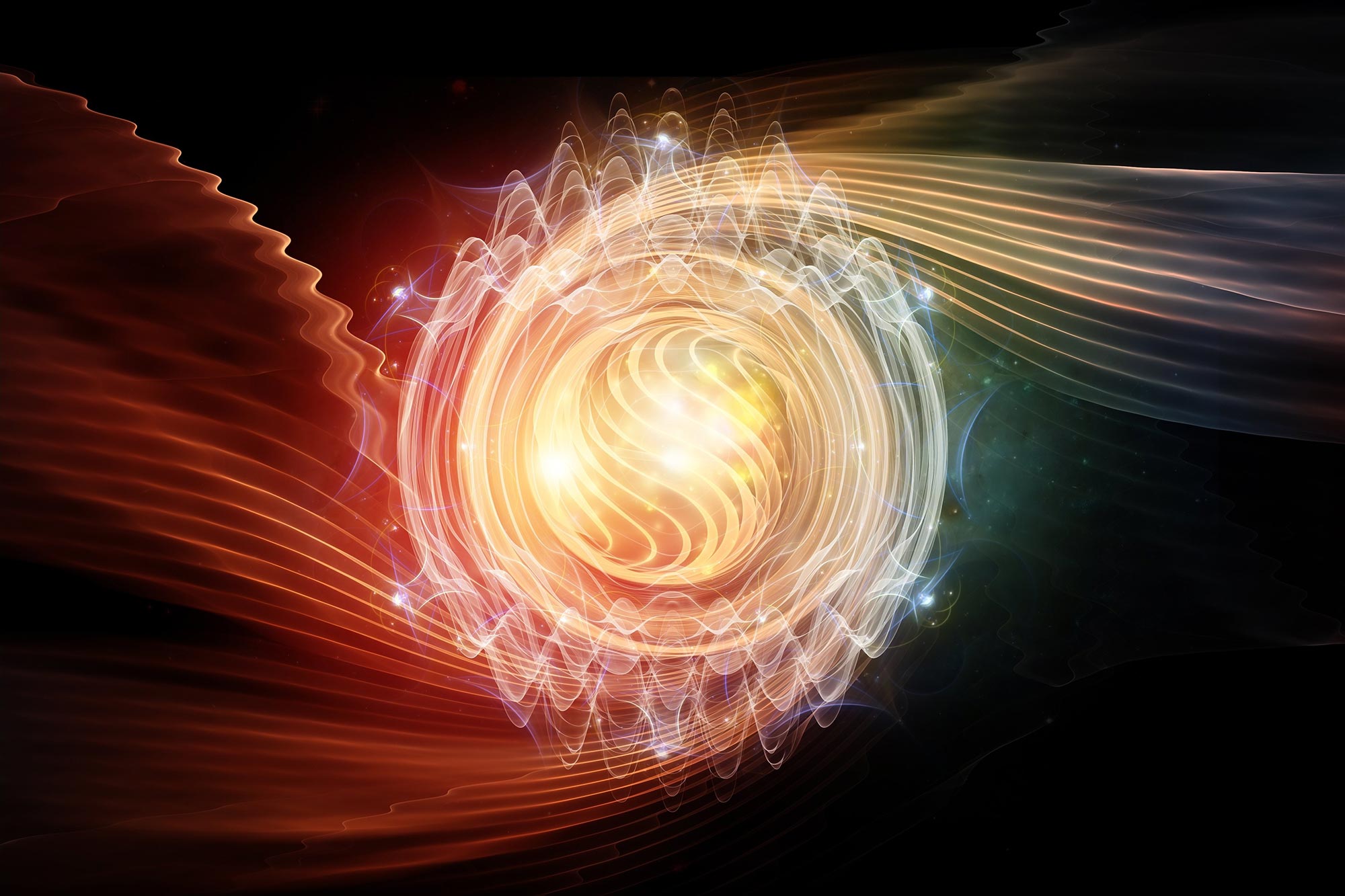
بعد أكثر من قرن من ظهور نظريته الأولى ، أكمل العلماء واجبات أينشتاين المنزلية حول النسبية الخاصة في الكهرومغناطيسية.
أظهر باحثو جامعة أوساكا انكماشًا نسبيًا لمجال كهربائي ناتج عن جسيمات مشحونة سريعة الحركة ، كما تنبأت نظرية أينشتاين ، والتي قد تساعد في تحسين الإشعاع وجزيئات أبحاث الفيزياء.
منذ أكثر من قرن من الزمان ، اقترح أحد أشهر الفيزيائيين المعاصرين ، ألبرت أينشتاين ، النظرية الثورية للنسبية الخاصة. يعتمد معظم كل ما نعرفه عن الكون على هذه النظرية ، ومع ذلك ، فإن بعضًا منها لم يتم إثباته تجريبيًا حتى الآن. علماء من جامعة اوساكا استخدم معهد هندسة الليزر القياسات الكهروضوئية فائقة السرعة لأول مرة لتصور انكماش المجال الكهربائي المحيط بشعاع من الإلكترونات ينتقل بسرعة قريبة من سرعة الضوء وإثبات عملية التوليد.
وفقًا لنظرية النسبية الخاصة لأينشتاين ، يجب على المرء استخدام “تحويل لورينتز” الذي يجمع بين الإحداثيات المكانية والزمانية من أجل وصف حركة الأجسام التي تمر أمام مراقب بسرعات قريبة من سرعة الضوء بدقة. كان قادرًا على شرح كيف أدت هذه التحولات إلى معادلات متسقة ذاتيًا للمجالات الكهربائية والمغناطيسية.
على الرغم من أن التأثيرات المختلفة للنسبية قد تم إثباتها عدة مرات بدرجة عالية جدًا من التجارب[{” attribute=””>accuracy, there are still parts of relativity that have yet to be revealed in experiments. Ironically, one of these is the contraction of the electric field, which is represented as a special relativity phenomenon in electromagnetism.

Illustration of the formation process of the planar electric field contraction that accompanies the propagation of a near-light-speed electron beam (shown as an ellipse in the figure). Credit: Masato Ota, Makoto Nakajima
Now, the research team at Osaka University has demonstrated this effect experimentally for the first time. They accomplished this feat by measuring the profile of the Coulomb field in space and time around a high-energy electron beam generated by a linear particle accelerator. Using ultrafast electro-optic sampling, they were able to record the electric field with extremely high temporal resolution.
It has been reported that the Lorentz transformations of time and space as well as those of energy and momentum were demonstrated by time dilation experiments and rest mass energy experiments, respectively. Here, the team looked at a similar relativistic effect called electric-field contraction, which corresponds to the Lorentz transformation of electromagnetic potentials.
“We visualized the contraction of an electric field around an electron beam propagating close to the speed of light,” says Professor Makoto Nakajima, the project leader. In addition, the team observed the process of electric-field contraction right after the electron beam passed through a metal boundary.
When developing the theory of relativity, it is said that Einstein used thought experiments to imagine what it would be like to ride on a wave of light. “There is something poetic about demonstrating the relativistic effect of electric fields more than 100 years after Einstein predicted it,” says Professor Nakajima. “Electric fields were a crucial element in the formation of the theory of relativity in the first place.”
This research, with observations matching closely to Einstein’s predictions of special relativity in electromagnetism, can serve as a platform for measurements of energetic particle beams and other experiments in high-energy physics.
Reference: “Ultrafast visualization of an electric field under the Lorentz transformation” by Masato Ota, Koichi Kan, Soichiro Komada, Youwei Wang, Verdad C. Agulto, Valynn Katrine Mag-usara, Yasunobu Arikawa, Makoto R. Asakawa, Youichi Sakawa, Tatsunosuke Matsui and Makoto Nakajima, 20 October 2022, Nature Physics.
DOI: 10.1038/s41567-022-01767-w
The study was funded by the Japan Society for the Promotion of Science and the NIFS Collaborative Research Program.

“هواة الإنترنت المتواضعين بشكل يثير الغضب. مثيري الشغب فخور. عاشق الويب. رجل أعمال. محامي الموسيقى الحائز على جوائز.”





